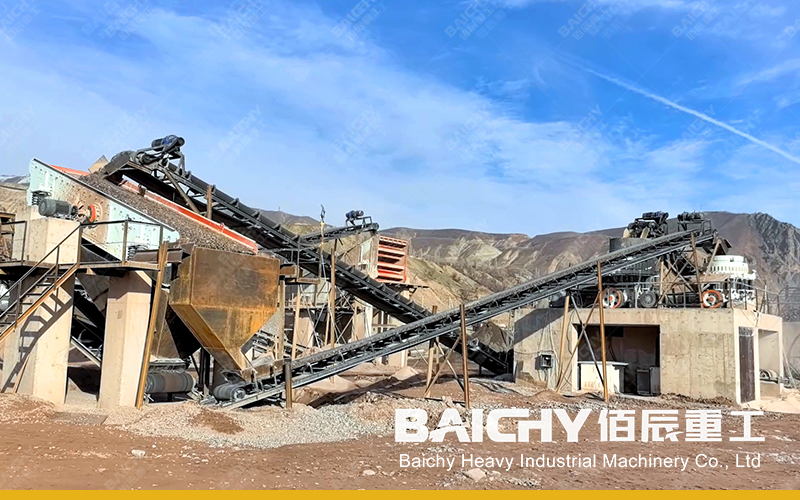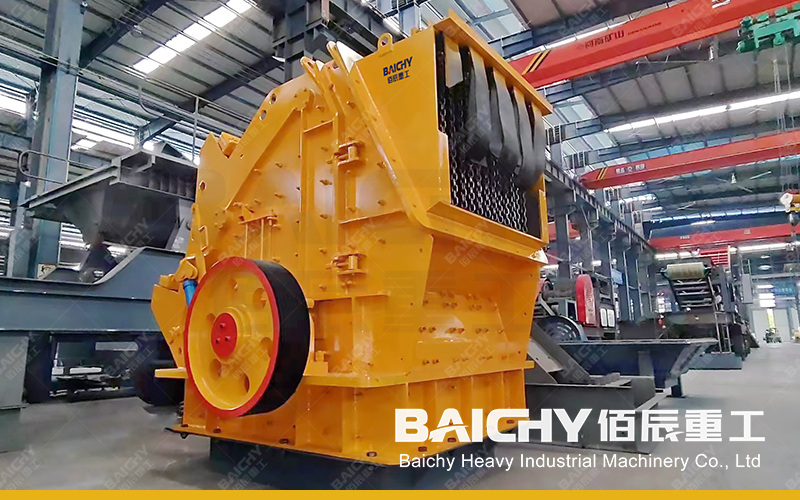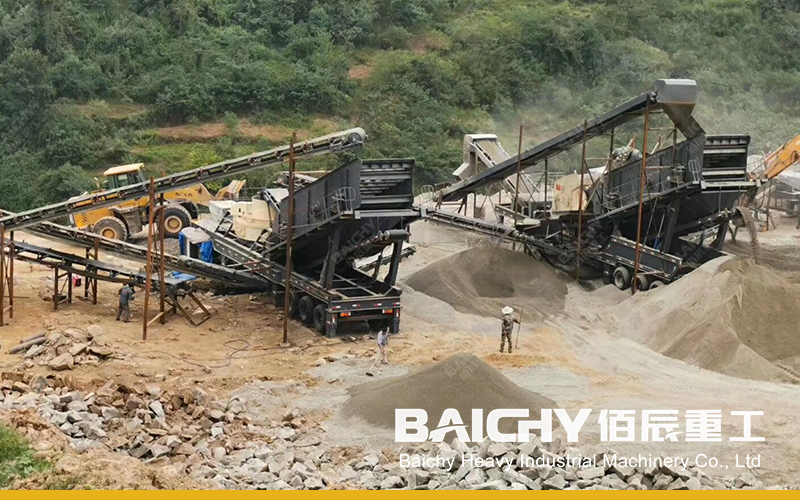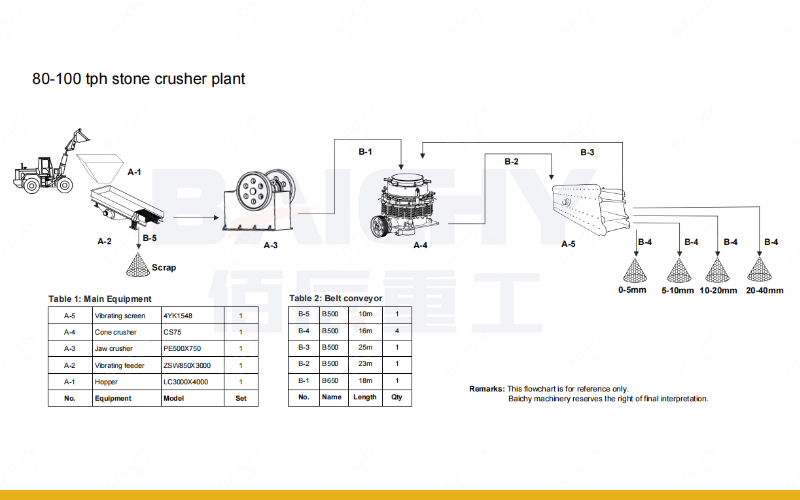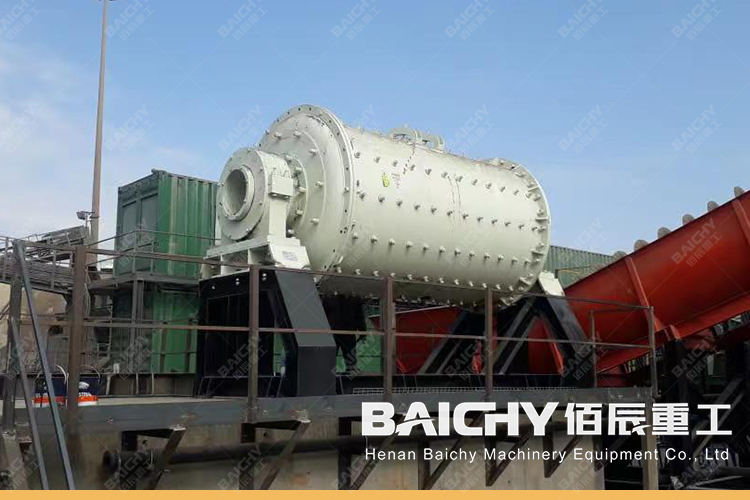
Gold ore flotation is a commonly used process in gold beneficiation plants. It is mainly suitable for processing gold ore with finer particles, sulfide gold-bearing quartz vein ore with good floatability, and polymetallic gold-bearing sulfide ore and graphite-bearing gold ore ores.
In the production process, the general gold flotation process mainly includes crushing and grinding, separation, and dehydration.
The gold ore flotation process and mineral processing are introduced as follows:
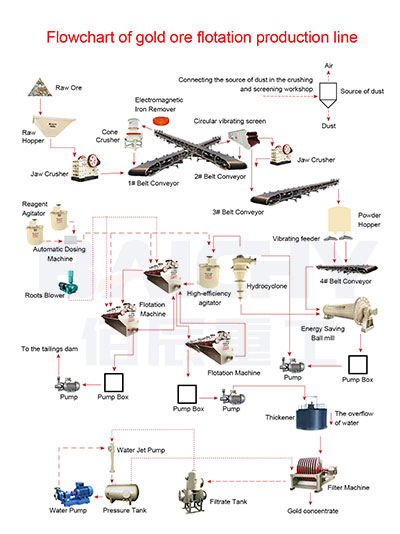
Gold ore flotation process
1. Crushing: First, the gold ore needs to be initially crushed by a crusher to break it into ore particles of suitable size. This step helps the ore particles to be evenly dispersed during subsequent grinding and flotation processes.
2. Grinding: The crushed ore enters the grinding stage, and the ore particles are further refined through the grinding machine, so that the metal minerals in the gold ore can be fully exposed and released. The ground ore is called slurry.
3. Addition of chemicals: Add a series of chemicals into the slurry, including flotation agents, regulators and auxiliaries. These agents can improve the flotation performance of the slurry and increase the flotation rate of metallic minerals.
Stirring: Fully stir the slurry after adding the agent to ensure full contact and mixing between the agent and the ore particles to prepare for the subsequent flotation process.
4. Flotation: The stirred slurry enters the flotation machine, and the separation of gold and other ores is achieved through the interaction between bubbles and ore particles. Flotation machines usually use mechanical stirring and bubble adsorption to capture gold particles in rising bubbles of foam, thereby achieving gold flotation.
5. Desliming: The foam after flotation contains gold particles and certain ore impurities, and needs to be deslimed. The desliming process removes impurities from the foam through physical or chemical methods, allowing the gold particles to be further concentrated.
6. Concentration: After desliming, the concentrated liquid obtained contains higher concentrations of gold particles, which can be further refined and purified.
2. Introduction to mineral processing
• Physical beneficiation methods: For placer gold ore and fine-grained gold ore, physical beneficiation methods such as gravity separation, flotation, and wet separation can be used for extraction. These methods mainly utilize the differences in physical properties between gold and other minerals, such as density, particle size, shape, etc., to achieve enrichment and separation of gold.
• Chemical beneficiation method: For gold-bearing sulfide ores and gold-bearing oxide ores, leaching is usually used for extraction. The leaching method refers to crushing ore and soaking it in a specific solution, using chemical reactions to dissolve gold from the ore. Leaching method can efficiently extract gold from ore, but the operation is complex and has certain impact on the environment.
• Comprehensive beneficiation methods: For complex polymetallic ores, comprehensive beneficiation methods may be required, such as a combination of gravity separation, flotation, magnetic separation, electric separation and other beneficiation methods. The comprehensive mineral processing method can give full play to the advantages of various mineral processing methods and improve the mineral processing efficiency and metal recovery rate.
In short, there are various gold ore flotation processes and mineral processing methods. The specific method to choose needs to be comprehensively considered based on the nature, composition, particle size and other factors of the ore. At the same time, process parameters and operating conditions need to be strictly controlled during the mineral processing process to ensure the maximum mineral processing effect and economic benefits.




